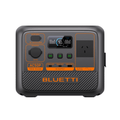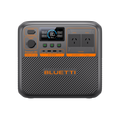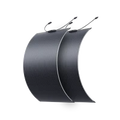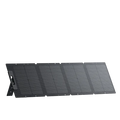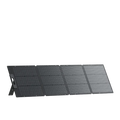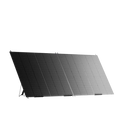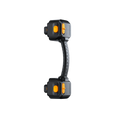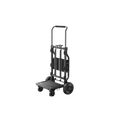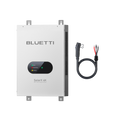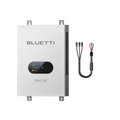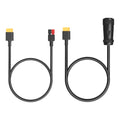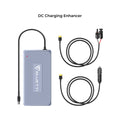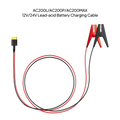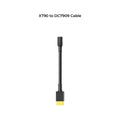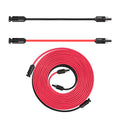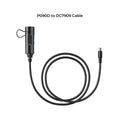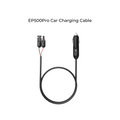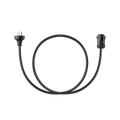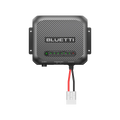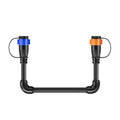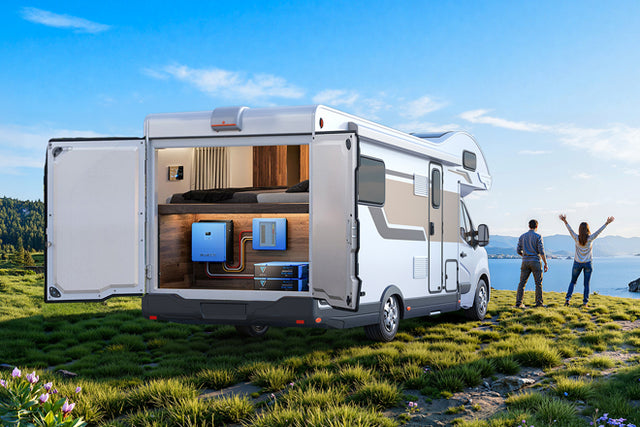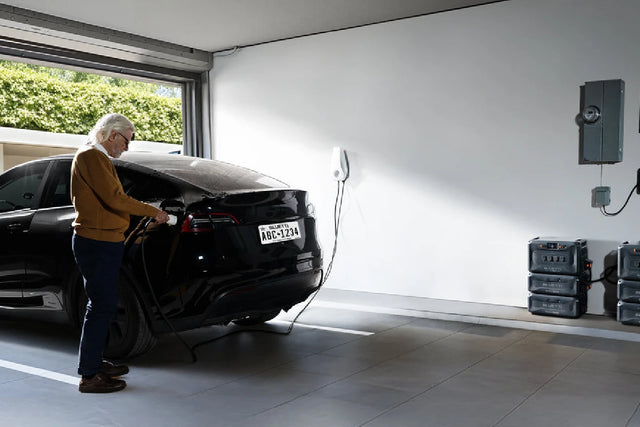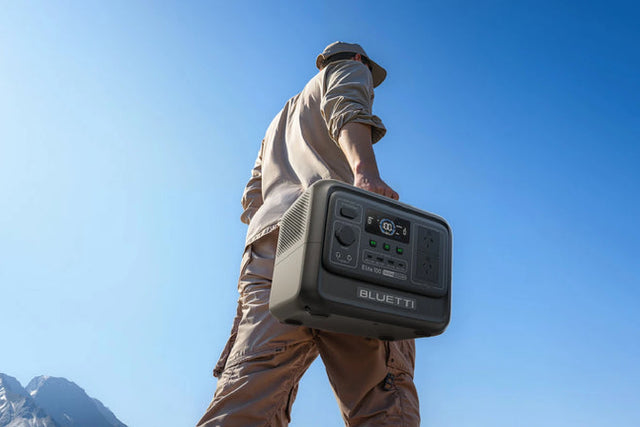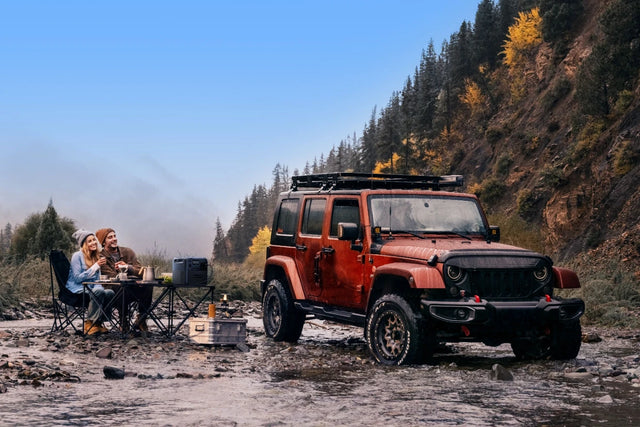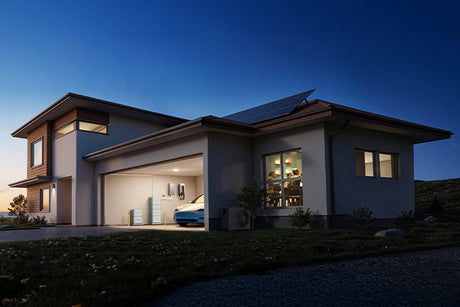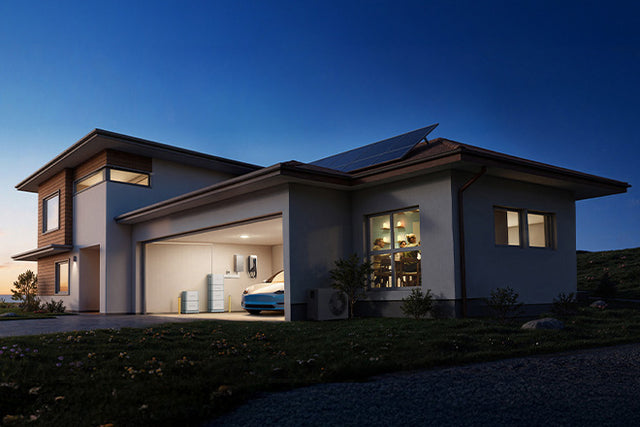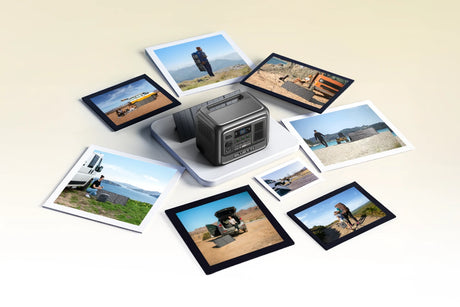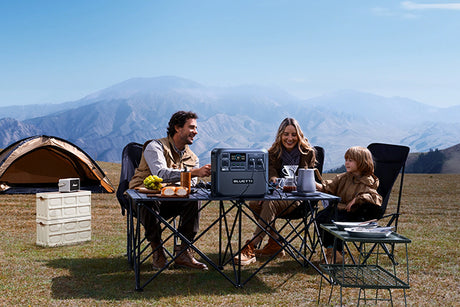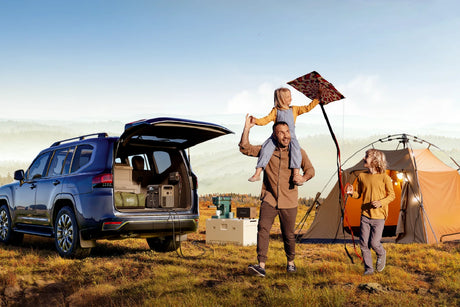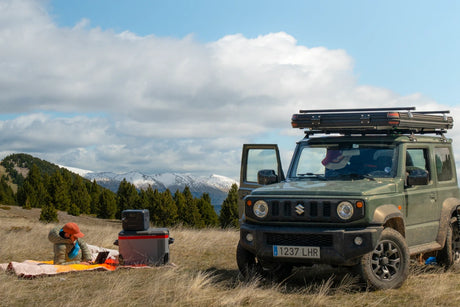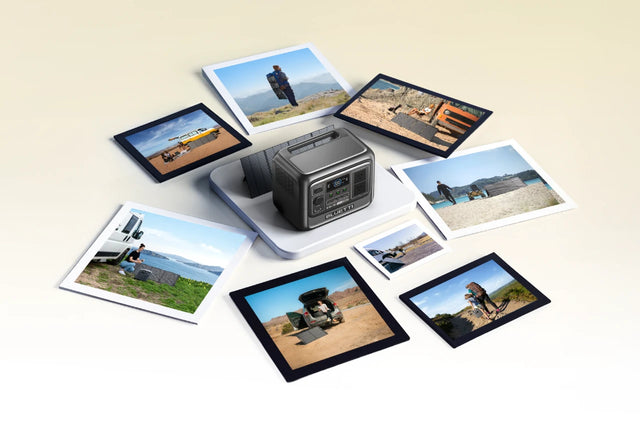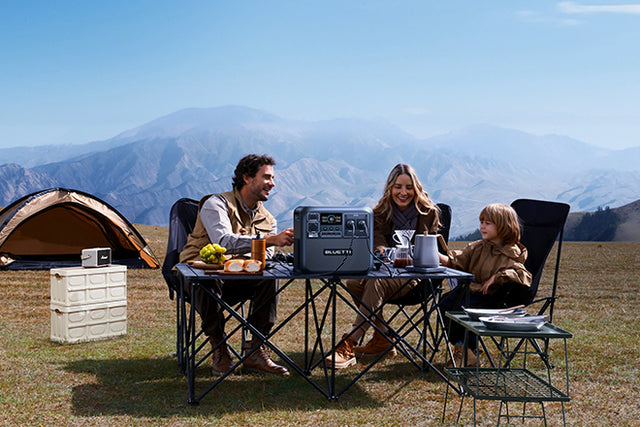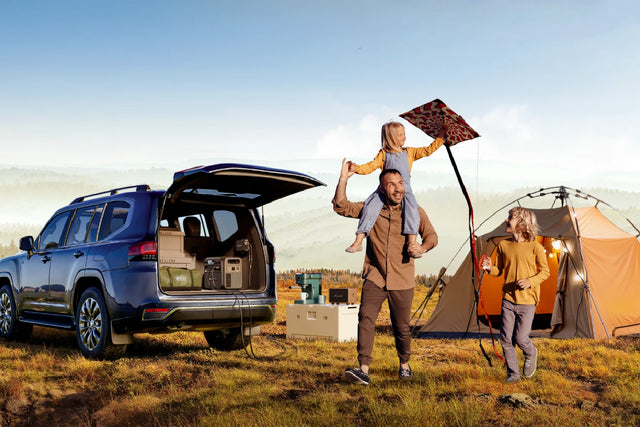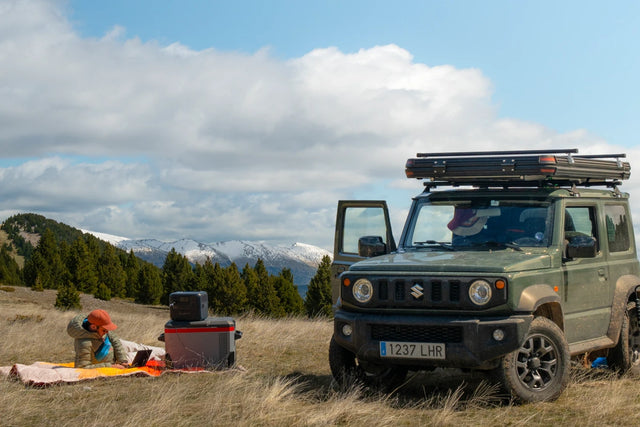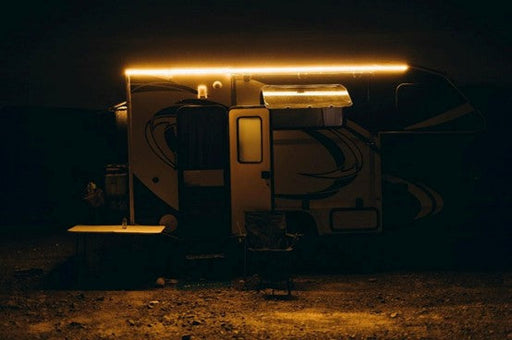Whether you’re in the market for a new car or just want to know what imparts grip to your car on slippery roads, knowing the difference between AWD and 4WD has never been more crucial. Crossing between busy city streets, wild off-road tracks and the right drivetrain can have a significant effect on safety, fuel economy and the overall success of a vehicle. Let’s look at the two options to help you make the best choice.
Significance of the Drivetrain Systems
You’re driving in a country with a rapidly fluctuating driving environment. One day you’re working your way through traffic and the next you’re trying to navigate winding, steep gravel paths in the mountains. Which is why the difference between AWD vs 4WD is important. From climate extremes and unpredictable rain, to rugged rural terrain, the drivetrain makes a difference in your safety, control and costs to maintain.
There’s more than one reason to know how your car sends power to the wheels, and it’s not just useful for mechanics. It gives you the information and choices to form your own decisions based on what you need, be it city driving or weekend bush bashing.
All-Wheel Drive Explained

AWD, or All-Wheel Drive, is a drivetrain that sends power to all four wheels of your vehicle automatically, adjusting its traction without you even needing to intervene. This is particularly beneficial to drivers who experience a mix of road surfaces throughout the day. For example, the transition from asphalt to wet roads or even light dirt tracks.
In nearly all AWD vs 4WD tests, the reference is how AWD set-ups are easy and convenient. You have traction when you need it, controlled by sensors and software. It is a popular choice in family-oriented sedans, crossovers and SUVs, with full-time or part-time versions available.
All of these vehicles, including mentions like Subaru’s Outback and Mazda’s CX-5, have a reputation that precedes them when it comes to intelligently applying power and responsiveness in the clutch. You’ll notice that control when climbing up a rain-soaked hill or cornering on a slick motorway.
4WD Systems and What They Are Used For
4WD, Four-Wheel Drive, frequently comes with the low-range gearing that adds more torque to your vehicle and the crawl control. Think of it as a mechanical muscle that muscles through the sorts of conditions that would stop regular cars in their tracks. It’s important, as you compare AWD vs 4WD, to keep in mind that 4WD vehicles are typically constructed with greater clearances, spin-resistant chassis designs and shields on the underbody.
4WD systems can be found in vehicles such as the Toyota LandCruiser, Nissan Patrol and Ford Ranger. They’ve been designed to thrive in some of the harsher terrains.
Side-by-Side System Breakdown
Here is a short, updated technical comparison that will help clear-up the fundamentals of the differences between AWD vs 4WD.
|
Feature |
All-Wheel Drive (AWD) |
Four-Wheel Drive (4WD) |
|
Primary Design |
Optimized for on-road traction and handling in various conditions. |
Optimized for off-road conditions, heavy-duty tasks, and severe low-traction situations. |
|
Operation |
Generally operates continuously and automatically adjusts power distribution to all four wheels. |
Driver-selectable; typically operates in 2WD and can be manually engaged into 4WD when needed. Some modern systems offer full-time 4WD with automatic modes. |
|
Key Components |
Front, rear, and center differentials (or couplings/clutches). Often includes electronic control units (ECUs) for torque vectoring. |
Transfer case (to split power between front and rear axles), front and rear differentials, often solid axles. May include manual/electronic shifting mechanisms. |
|
Power Distribution |
Variable; power is sent to individual wheels as needed, often detected by sensors monitoring wheel slippage. Can be biased towards front or rear. |
Typically fixed; power is often split 50/50 between front and rear axles when 4WD is engaged. Can lock differentials for equal power to all wheels. |
|
On-Road Use |
Excellent for everyday driving, improving traction in rain, snow, and light slippery conditions. Designed to be used on dry pavement. |
Generally not recommended for use on dry, paved roads due to "driveline binding" and potential damage from wheels rotating at different speeds. |
|
Off-Road Capability |
Suitable for light off-roading, gravel roads, and moderate trails. Limited in extreme conditions. |
Superior for severe off-road conditions like rock crawling, deep mud, steep inclines, deep snow, and heavy sand. Offers low-range gearing for increased torque. |
|
Fuel Efficiency |
Generally more fuel-efficient due to lighter components and the ability to disengage power to certain wheels when not needed. |
Typically less fuel-efficient due to heavier, more robust components and higher parasitic losses when engaged. |
|
Driver Intervention |
Minimal to none; the system works automatically. Some may have specialized "snow" or "off-road" modes. |
Requires driver intervention to engage/disengage 4WD modes (e.g., 4H, 4L). |
|
Complexity |
More electronically controlled and sensor-driven, often with sophisticated torque vectoring. |
More mechanically robust, with an emphasis on brute force and locking mechanisms. |
|
Typical Vehicles |
Sedans, crossovers, most SUVs, some pickup trucks. |
Larger SUVs, pickup trucks, dedicated off-road vehicles. |
What to Consider Before You Buy

Driving Environment and Road Conditions
The terrain you commonly drive on should be a factor when comparing AWD vs 4WD. If you mostly drive in heavily urbanized areas or on well-paved roads, AWD is the best you can do for a seamless experience. It activates automatically too, meaning you don’t have to fiddle with it to use it.
If you drive out in the boondocks, go over dirt trails a lot or otherwise venture into extreme conditions, 4WD is frequently the better choice. It offers you the ultimate control like in river beds, steep mountain trails and deserts. Think about the roads you drive on, the weather at home, and how many gravel or rough roads you hit.
Off Road and Towing Needs
If you spend any time in the dirt, or plan to tow really heavy stuff, then 4WD is the right choice. With its low gear ratio and more clearance, 4WD is great for towing, hill-climbing and nature treks.
While AWD vehicles can handle some light off-road situations, they lack a low range and are not meant to carry too much weight. 4WD is ideal for beach driving and mountain top or boat and caravan towing, with outstanding build quality and extreme reliability you should consider investing in one.
Automatic Convenience vs Manual Control
All-wheel drive systems give you a sense of security. You don’t have to consider whether or when or how to engage them. It’s that simple, because electronic sensors are doing the work for you, automatically applying power where power is needed. It is this reason that has led to many of the modern families and urban drivers adopting AWD.
In 4WD, you get to call the shots. You will have to change between 2WD and 4WD depending on the conditions. This is great for veteran drivers that need the extra grip and are capable of accurately engaging the system.
Fuel Efficiency and Operating Costs
Real world fuel economy should always be part of your decision making. All-wheel drive hardware is also lighter and less consuming so it does not cost as much fuel in everyday driving. That makes them a cost-effective investment in the long run for daily commuters.
On the other hand, 4WD systems contribute some weight from all of their mechanical components, which include differentials and transfer cases. Fuel consumption also rises notably with the 4WD engaged. Plus, regular off-road use also means extra wear and tear and maintenance, which increases long-term operating expenses.
Maintenance and Service Frequency
AWD automobiles typically need fewer repairs and less maintenance. They are also mostly electronic and less obtrusive, so it’s easier to maintain and diagnose. But when AWD systems fail, they can be expensive because they are so complex.
4WDs require regular maintenance of their mechanical components such as gearboxes, driveshafts, transfer cases and diff locks. With that out of the way, 4WD systems are generally designed and built tougher. They're made to endure a greater amount of higher-strength use, though that use comes with routine maintenance.
Vehicle Ground Clearance and Undercarriage Protection
Another dealbreaker is the ground clearance. AWD vehicles have a good clearance and not far below that of their sport utility counterparts depending on the model.They are able to handle some off-pavement trips but not rock hopping or coping with extreme ruts as these vehicles can.
4WD vehicles, on the other hand, are built with more ground clearance and undercarriage protection. No need to worry about scraping the bottom of your car every time the path turns rugged.
Budget and Purchase Costs
AWD cars are generally cheaper to buy up front. They are frequently used in crossovers and sedans, which are less expensive to buy and insure. This puts them within reach for most families or people who are unlikely to need to venture off the tarmac.
4WD cars, however, are priced at a premium. Designed for both performance and longevity, they’re more expensive to purchase, fuel and maintain. However, this pays in relibaility and versatility.
AWD and 4WD Cars - What to Choose
If you are in the city, AWD cars are ideal. You can stay safe on wet winter commutes purely by relying on it without ever having to mess with drivetrain settings. It’s also a better choice for people with families, city residents or those looking for a good night of sleep.
On the other hand, if your weekends are spent out camping, negotiating corners in the forest or towing boats up winding rural coastal roads, then 4WD is your best mate. It is also capable of soft-sand tracks, muddy passes and water crossings so you’ll have the confidence to travel to more out-of-the way places.
When assessing AWD vs 4WD it goes beyond specs but it comes down to your lifestyle, how frequently you encounter rugged terrain, and the type of performance you want out of the car.
Smarter Power for the Road
When comparing AWD vs 4WD, it isn’t just specs, it comes down to your lifestyle, how often you actually see remote terrain and what kind of performance you are looking to get out of the vehicle. A great, portable power solution for reliable power on the go are things like BLUETTI AC200L portable power station.

The BLUETTI AC200L delivers a high output of 2,400W so you can charge most of your devices and devices and huge 2048Wh capacity, small enough to fit in a backpack, big enough to take on extended trips it can be expanded to 7577.6Wh. Its LiFePO₄ battery promises more than 3,000 charge cycles, while quick charging means the thing can fill to its brim in around 1.5 hours off AC or 2.5 hours when connected to 1,200W solar.
It's a perfect device to pair with your RV, trailer, or van, delivering an all-in-one power solution with a 30 Amp TT-30 outlet. For the better and faster in-car-charging experiences, Charges devices such as the BLUETTI Elite 200V V2, the BLUETTI Charger 1 can significantly cut off the charging time and always keep you powered to your next journey. Now you will have the confidence to go to more remote places than ever before!
Frequently Asked Questions
-
Which is better in snow, AWD or 4WD?
If you’re driving on plowed roads and some light snow, AWD is usually safer. For deep snow or wilderness duty, 4WD is better.
-
Can AWD go off-road like 4WD?
No, AWD can cope with gravel and light trails, but lacks the low-range gearing and ground clearance of 4WD, so it's not designed for hardcore off-roading.
-
Does AWD or 4WD get better gas mileage?
AWD cars also tend to get better gas mileage. 4WD adds weight and mechanical resistance, and the extra mileage saved when it’s disengaged pales into insignificance compared with the cost of driveline parts.
-
Are AWD and 4WD more expensive to maintain?
Since 4WD systems have more mechanical components such as transfer cases and differentials, they are more expensive. AWD is more electronics but simpler overall.
-
Can I tow with AWD?
Yes. Although 4WD is best on heavy loads and uneven surfaces. The AWD does a credible job with light towing, particularly in SUVs.


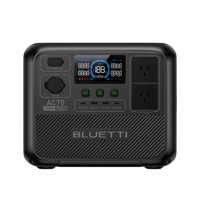
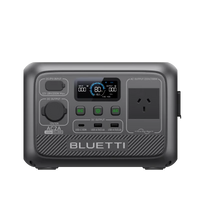


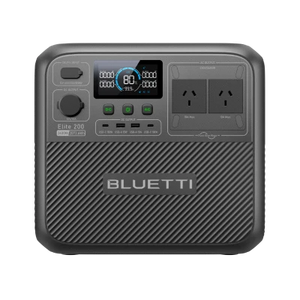
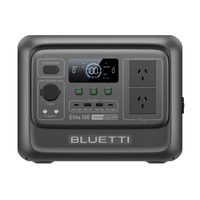
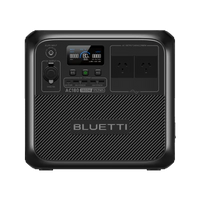
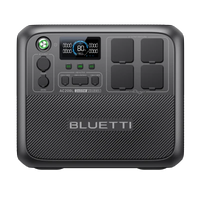
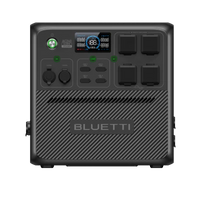
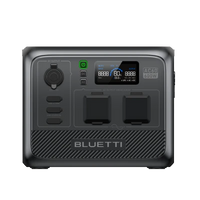
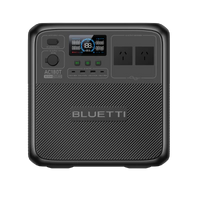


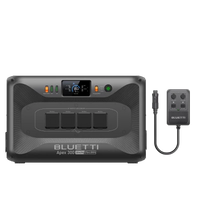

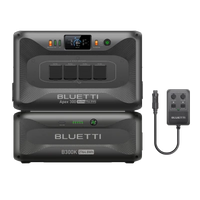
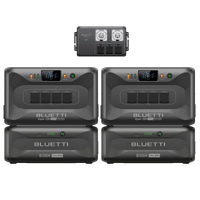
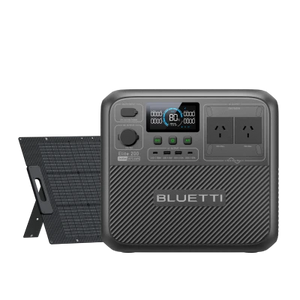
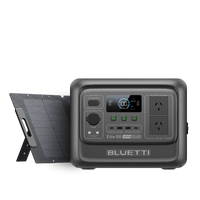
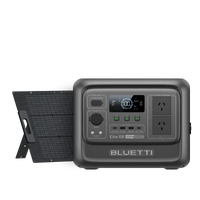
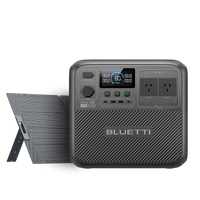
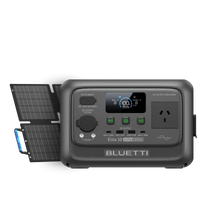
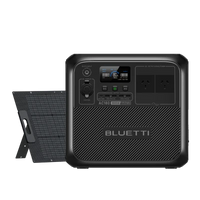
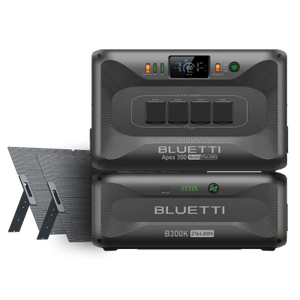
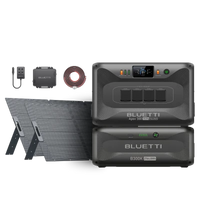
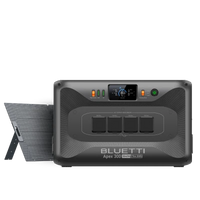
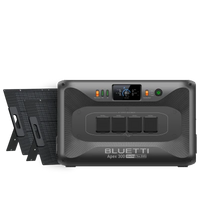
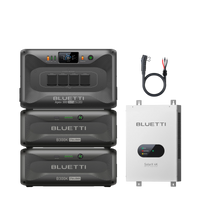

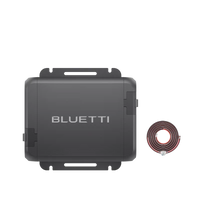
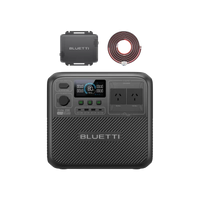
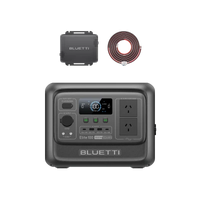
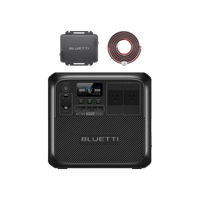
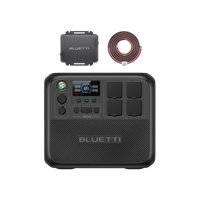
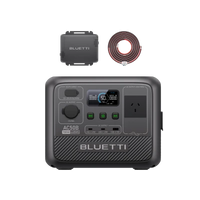
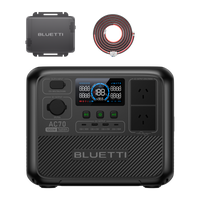




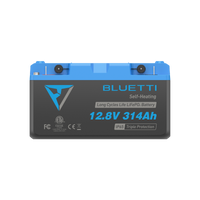






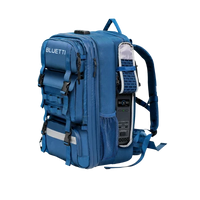
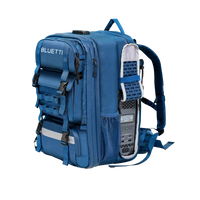

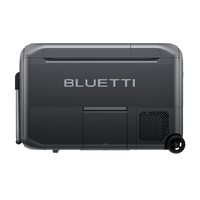
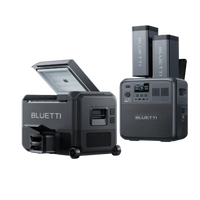
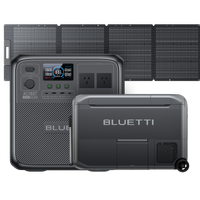
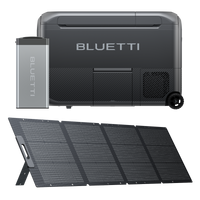
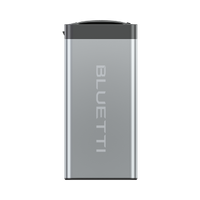
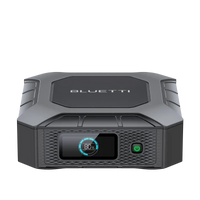
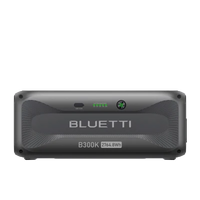

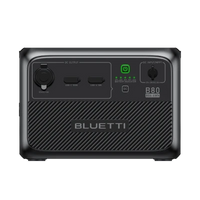
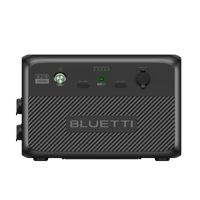

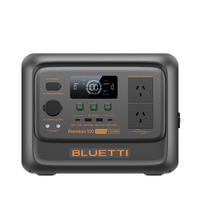
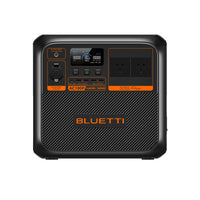

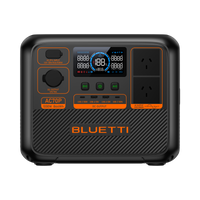
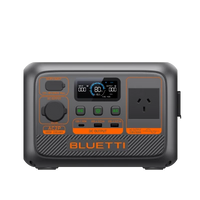
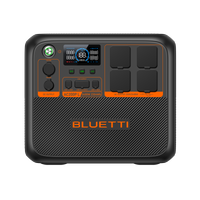
![[Phased Out] BLUETTI B80P Expansion Battery | 806Wh](http://www.bluettipower.com.au/cdn/shop/files/202310025B80P_2000-2000px_4_4caa0c1c-4dab-4272-9e9b-2b7507e5bd81.jpg?v=1713777870&width=200)
![[Phased Out] BLUETTI B210P Expansion Battery | 2,150Wh](http://www.bluettipower.com.au/cdn/shop/files/2_08cf9ef3-03a4-4489-b641-d3edb8094896.webp?v=1716016566&width=200)

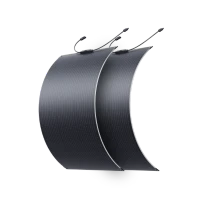
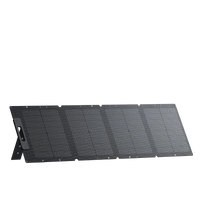
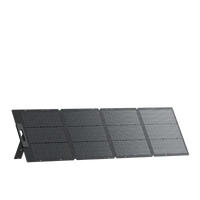
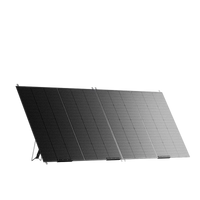





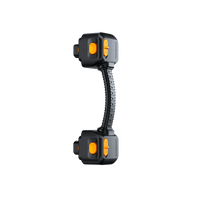
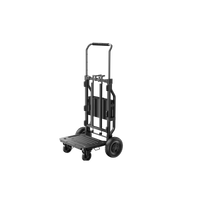
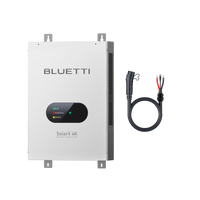

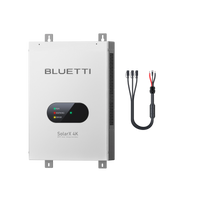
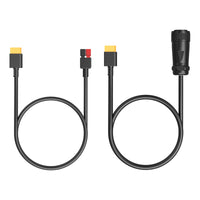
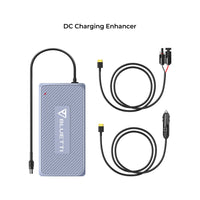
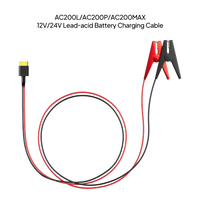
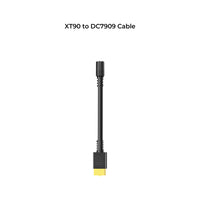
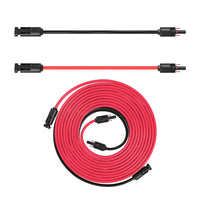
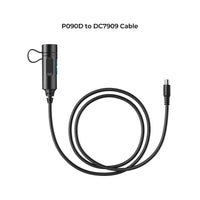
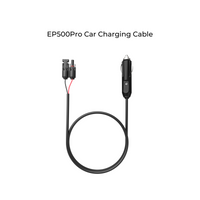
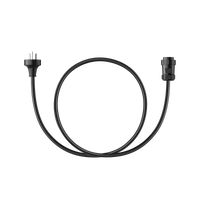
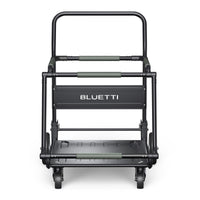
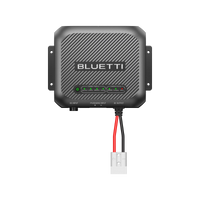
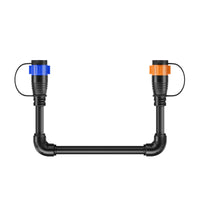



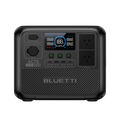
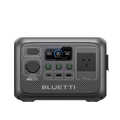



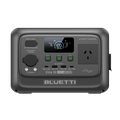
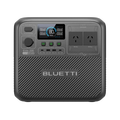
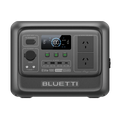
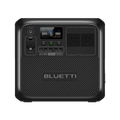

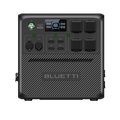
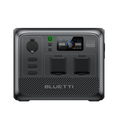
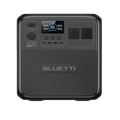


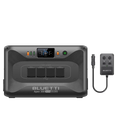

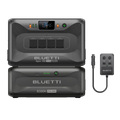
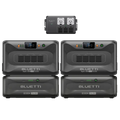




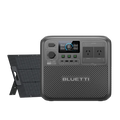
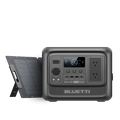
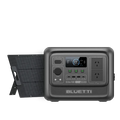
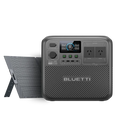
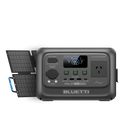
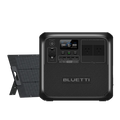
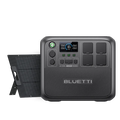
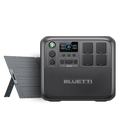




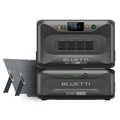
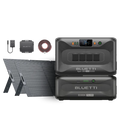
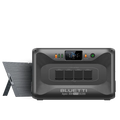
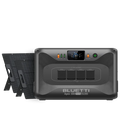
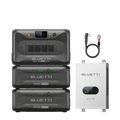


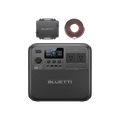
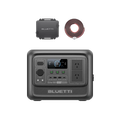
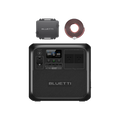


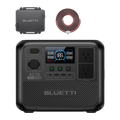









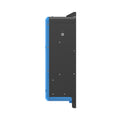
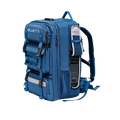
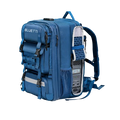


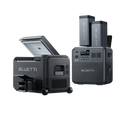
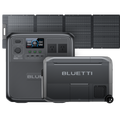
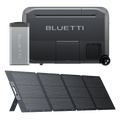

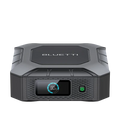
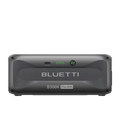

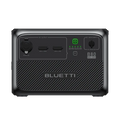
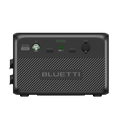


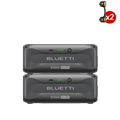
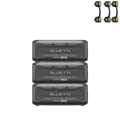




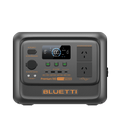
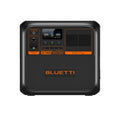

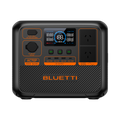
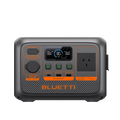
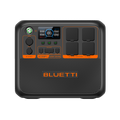
![[Phased Out] BLUETTI B80P Expansion Battery | 806Wh](http://www.bluettipower.com.au/cdn/shop/files/202310025B80P_2000-2000px_4_4caa0c1c-4dab-4272-9e9b-2b7507e5bd81.jpg?v=1713777870&width=120)
![[Phased Out] BLUETTI B210P Expansion Battery | 2,150Wh](http://www.bluettipower.com.au/cdn/shop/files/2_08cf9ef3-03a4-4489-b641-d3edb8094896.webp?v=1716016566&width=120)

